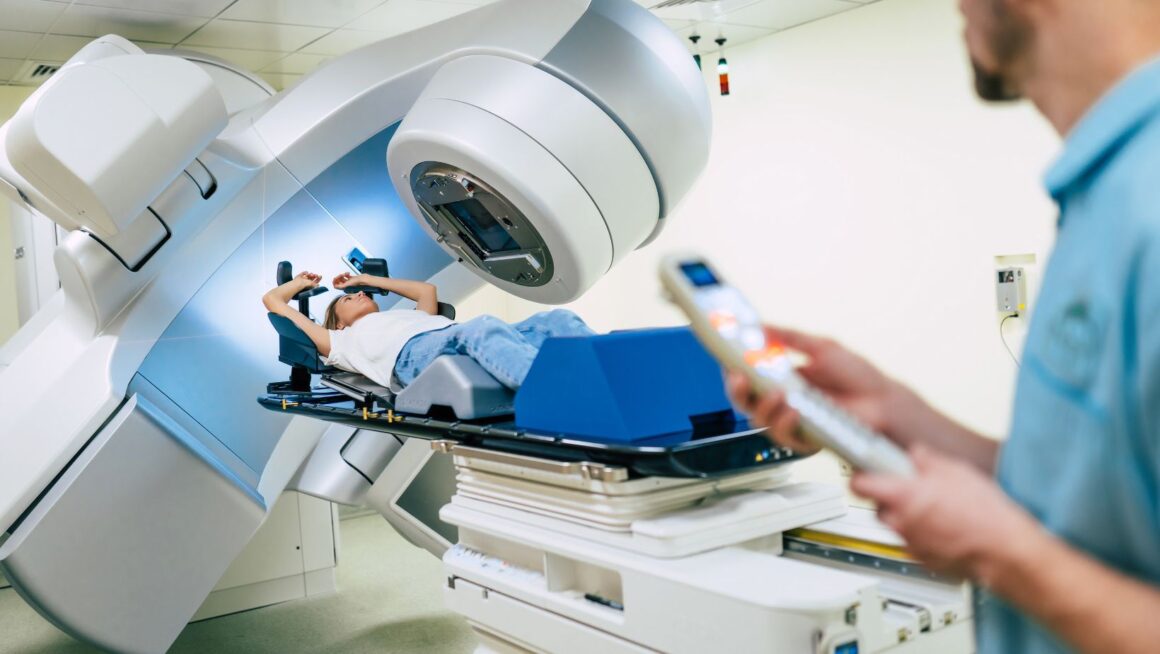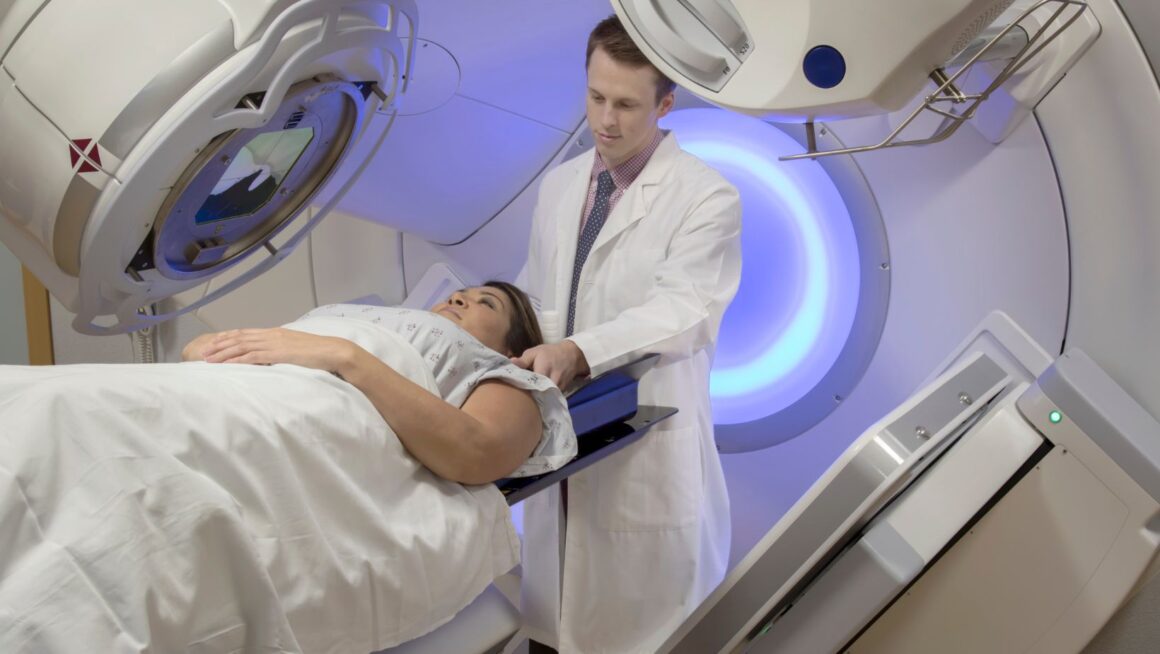
Cancer is a devastating disease, and one of the most common causes of death in the developed world. Thanks to modern advancements in science and technology, we now have access to a plethora of treatment options that can maximize survival rates and even improve quality of life.
But as advanced medical technologies (and healthcare in general) are often ridiculously expensive, you might wonder about the price of cancer treatment.
How much does it cost to treat cancer?
The High Level
As you might expect, this is a very hard question to answer succinctly. Cancer can take many different forms, and it can be treated in countless ways.
Some cancers are relatively treatable, with high survival rates. Other cancers take a long time to treat and/or require intensive treatment, resulting in much higher expenses. Still other cancers, like pleural mesothelioma, are typically fatal; while treatment can keep them at bay and prolong your lifespan, long-term prospects are grim.
Still, it shouldn’t surprise you to learn that, nominally, treating cancer is generally more expensive than treating simpler and milder diseases – though cancer patients aren’t always responsible for paying the costs.
Variables That Influence Your Cancer Treatment Costs
These are some of the most significant variables that will influence the cost of cancer treatment:
Type of Cancer. The type of cancer plays a significant role, as some cancers are easier to treat than others. Also, the more we understand about a specific type of cancer, the easier it is to treat. As you might expect, it’s more expensive to treat types of cancer that affect vital organs or more complex areas of the body; some treatment options are immediately unavailable, and others are more complex to manage in these conditions.

Stage of Cancer. The stage of cancer also matters, as cancer that is caught early is usually easier and less expensive to treat. If caught early enough, you may be able to eradicate the cancer in your body in a single session. However, if the cancer has advanced to a degree that it has spread throughout your body, direct treatment may not even be possible; practitioners may focus on keeping you comfortable as the cancer continues to spread.
Treatment Methods. There are many different treatment strategies available for cancer, including radiation therapy, chemotherapy, and surgery. If you can remove most of the cancer with a simple surgery, the costs will be relatively low. If you require months, or years of ongoing treatment in several different forms, the costs will be higher. There are also experimental treatment methods that may be available to you; if you participate in experimental trials, your costs may be significantly reduced.
Medical Facility. Different medical facilities and different practitioners may bill in different ways. If you get treatment from a more experienced expert using more advanced technology, your bill may be higher than a bill for services provided by less experienced people using less advanced technology. Price transparency isn’t common in the medical industry, so it’s hard to make definite comparisons.
Insurance Coverage. Roughly 5 percent of all cancer costs are out of pocket for the patient. That’s because the majority of your cancer costs will likely be covered by your insurance policy, assuming you have one. There may be certain types of treatment that are covered, and you’ll likely be responsible for paying up to your deductible, but any costs aside from that should be covered by your insurer.

Treatment Success. Oncologists don’t always know how effective a given treatment is going to be. In some cases, early interventions may be surprisingly effective, ultimately shortening the term of your treatment and reducing your costs. Conversely, if treatment methods aren’t successful, it can prolong your treatment and increase your costs.
Secondary and Tertiary Costs. We also need to consider secondary and tertiary costs associated with being treated for cancer. If you’re being treated for cancer, you may not be able to work as much, you may have to cover transportation costs, and you may have other, new expenses, like prescription medications or things that can make you more comfortable at home.
Cancer Treatment is Expensive
Total cancer treatment costs are expected to total more than $200 billion per year in the U.S. alone. And for most individual cases, cancer treatment can cost anywhere from a few thousand dollars to several million dollars – though keep in mind that many of these costs are going to be covered by your insurance.
If you want to reduce the potential costs of your cancer treatment, invest in a good health insurance policy, practice prevention strategies to minimize your risk of developing cancer, and get regular screenings so you can catch cancer early. You can’t always prevent cancer, but there are many variables you can control when it comes to your health and the expenses associated with it.










